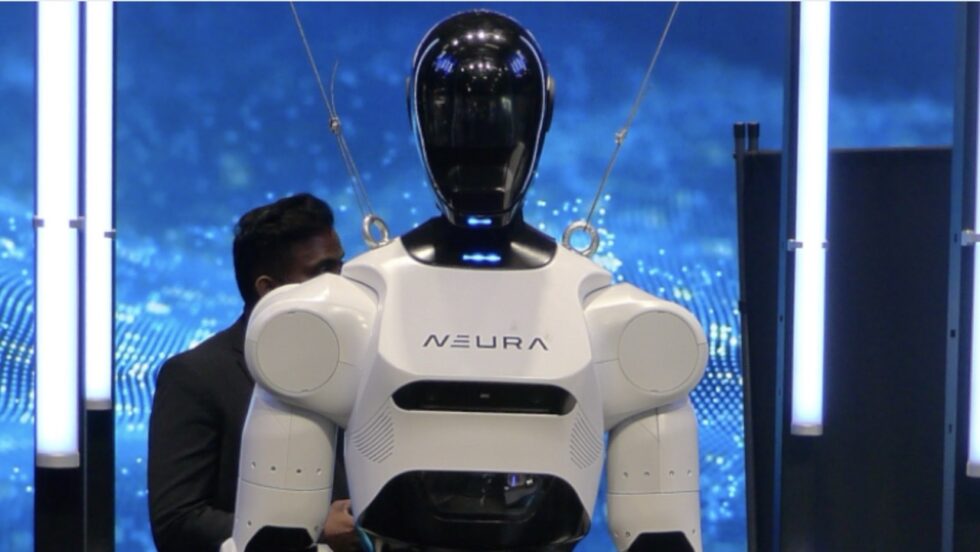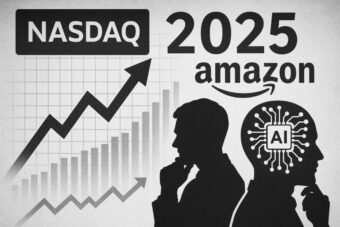Humanoid Robots at Automatica 2025: Promise Meets Reality on the Factory Floor

Expectations vs. Execution: The Robotics Hype Reassessed In glossy promo videos from Tesla or Figure AI, humanoid robots stride confidently through warehouses, lift heavy parts, and replace human workers with precision and grace. But on the show floor of Automatica 2025, Europe’s leading robotics trade fair, the truth is harder to ignore: these machines are impressive in theory, but in practice, they still struggle with basic real-world reliability.
With over 1,200 robots exhibited across six halls, the vast majority were traditional industrial arms—stationary, task-specific, and already deeply integrated in manufacturing lines. Humanoid robots—bipeds with arms, sensors, and an upright posture—were few, often motionless, and mostly on display rather than in active demos. Yet their presence dominated the conversation. G.Business reports, citing insights from a field report by t3n, that industry interest is growing—but so are doubts.
What Modern Humanoid Robots Actually Do
The current wave of "smart" humanoid robots is powered largely by Vision-Language Models (VLMs)—AI systems trained on massive datasets of text, images, and video. These models translate vague instructions like "Bring me the coffee cup" into a sequence of subtasks:
- Recognize the cup
- Calculate its position
- Move arms without collision
- Grasp, lift, deliver
What sounds straightforward still breaks down in practice. VLMs are often poor at generalization, struggle with long-term task planning, and require controlled environments. To mitigate this, many companies train their robots in simulations—NVIDIA is a leader here—but sim-to-real transfer introduces another layer of complexity.
Neura Robotics: A Rare European Challenger
Among a field dominated by U.S. and Chinese developers, Neura Robotics stood out with its third-generation humanoid robot, 4NE1 ("For Anyone").
Unveiled at Automatica 2025, the robot promises:
- Safe human collaboration (no safety cages)
- Cognitive intelligence with modular AI subsystems
- A proprietary Omnisensor that detects and distinguishes humans from objects
- Load handling up to 10 kg with two articulated arms
Neura’s system architecture features interconnected AI modules for:
- Vision (object recognition and spatial mapping)
- Language (voice command interpretation)
- Motion (adaptive limb movement)
These modules exchange information within what Neura calls the Model Zoo, part of a broader app ecosystem branded as the "Neuraverse."
Despite the branding, 4NE1 remained static for most of the show.
The Real Bottleneck: Safety Certification
One of the major roadblocks to deploying humanoid robots in real workplaces is regulatory uncertainty. While traditional robotic arms follow strict, rule-based programming and motion constraints, humanoid AI-driven systems lack deterministic behavior. This poses safety risks.
For example:
- If power fails, an arm stops mid-air. A humanoid robot may fall.
- In unpredictable environments, AI may act in unsafe or unintended ways.
- Without standardized certification, no clear liability model exists.
This is why BMW, for instance, is currently testing humanoid robots from Figure AI only in the U.S., where legal frameworks are more flexible.
The Use Case Is Compelling — But Not There Yet
From an industrial logic standpoint, humanoid robots make sense: they could theoretically integrate into existing workspaces without reconfiguring the environment. But reality paints a harder picture.
At Automatica:
- Many robots were tethered to safety rigs
- Some humanoids were discreetly remote-controlled
- Even changes in floor type, lighting, or ambient noise caused functional failures
- Real-time autonomy remains fragile
As Carolin Richter of BMW’s robotics division noted during a panel:
“It’s one thing to walk in a lab — it’s another to operate on ergonomic factory mats with unpredictable light.”
What’s Working, What’s Missing
| Area | Status in 2025 |
|---|---|
| Object detection | Functional with limitations |
| Grasping and lifting | Reliable for light objects |
| Navigation in known space | Partially stable |
| Language understanding | Works with short instructions |
| General autonomy | Still under development |
| Certification | Mostly non-existent for humanoids |
Conclusion: Still Fascinating, Still Far Away
The future of humanoid robotics looks bright—but not immediate. Automatica 2025 demonstrated progress in sensors, AI control systems, and modular design. Yet the dream of robots seamlessly replacing human workers remains in the realm of controlled demos, not production floors.
For now, humanoids inspire, educate, and attract investment. But before they can truly work alongside humans, they must first learn to work reliably—in the chaotic, unscripted world we call reality.
Stay connected for news that works — timely, factual, and free from opinion. Learn more about this topic and related developments here: New Migration Rules: Nothing Phone 3: How Light and Silence Are Disrupting the Smartphone Industry
Foto: Wolfgang Stieler / MIT Technology Review

